
COLLECTION ANALYSIS
Galliano’s Spring/Summer 2011 RTW
THE ASK
Analyze a collection from a designer or brand, active any time after 1959, by identifying historic fashion elements throughout.
PROCESS
PROCESS
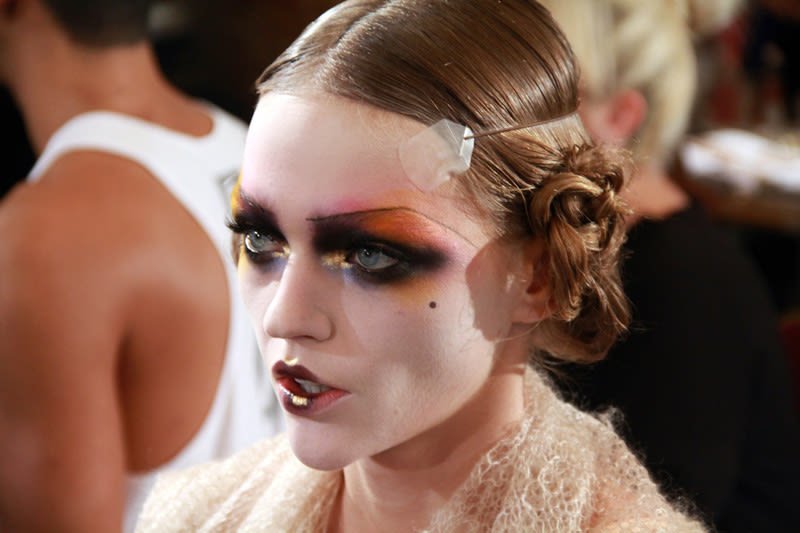
THESIS
Inspired by 1920s con artist Maria Lani, Galliano drew influences from 1920s styles and connected them to the modern maximalism of the early 2010s. Galliano heralded Lani as an unlikely icon of feminism to show that women can be smart, playful, sexy, and dangerous. The theme of the show connects to the zeitgeist of female empowerment in the early 2010s amidst the birth of fourth wave feminism and a heightened use of social media to advocate for women’s rights issues.
DETAILS
As team manager, I delegated tasks based on my member’s skillsets, ensured timeliness & quality, completed technical flats, developed CLO3D garments, rendered 3D spaces, and co-authored the script for our final presentation.

Each of Galliano’s looks in the collection represented a unique portrait of his muse Maria Lani.
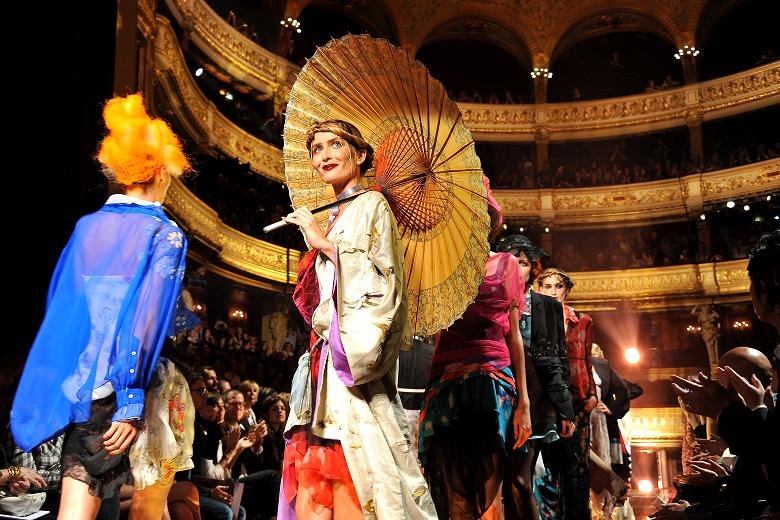
Set at the Grand Opéra Comique with a gold reflective runway and dramatic warm lighting.

Look 27: The tubular 1920s silhouette.
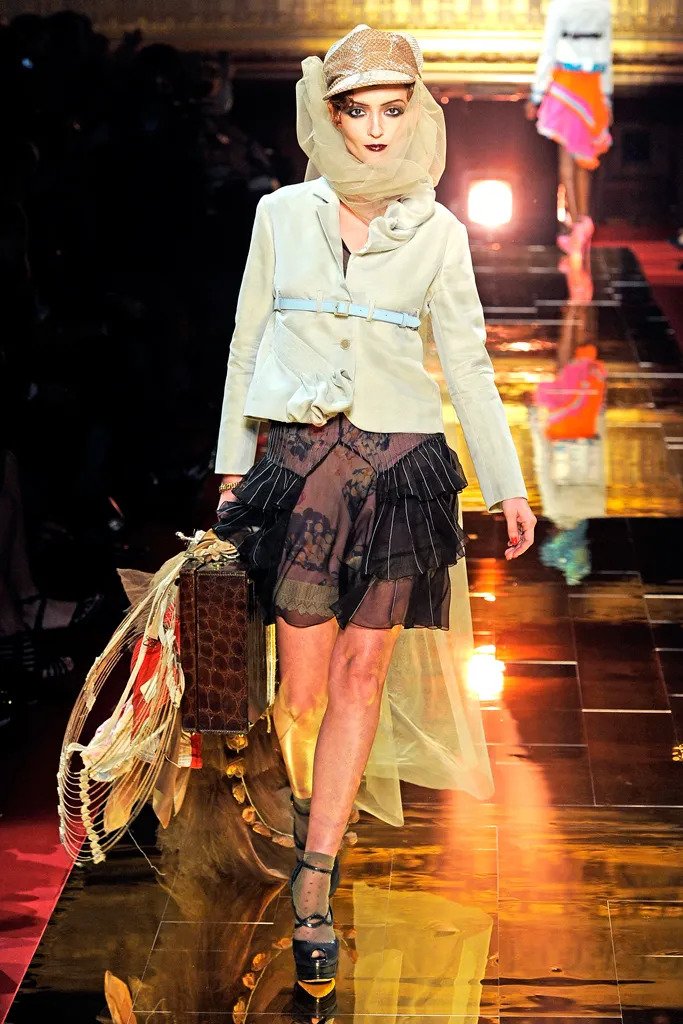
Look 10: The raised hemlines of the 1920s with a layered, ruffled flapper-esque finish.
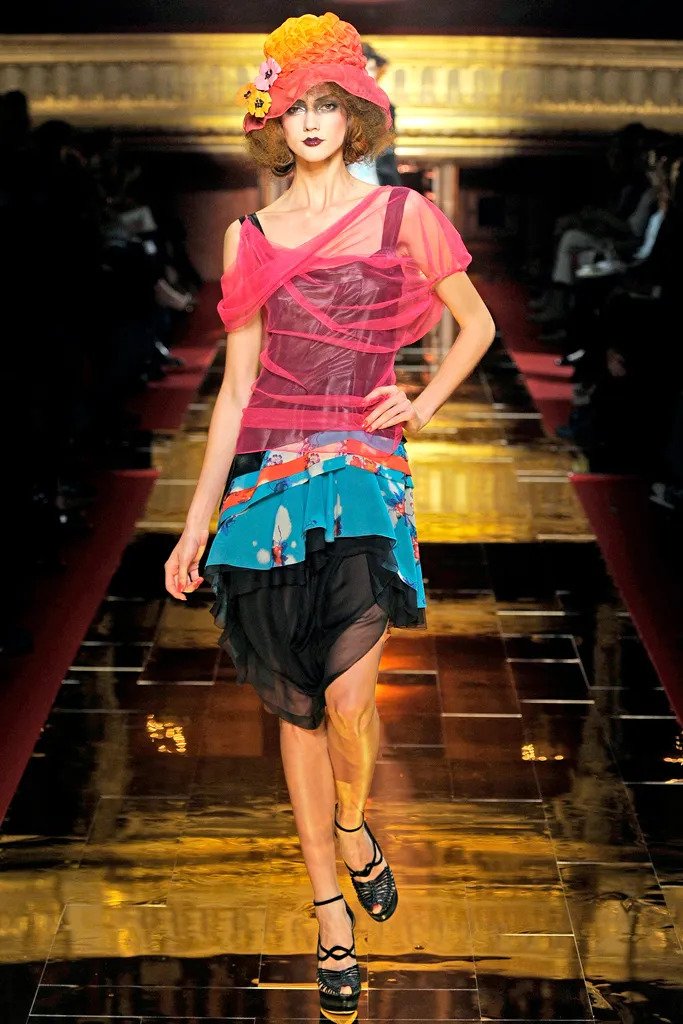
Look 16: Use of tulle to represent Maria Lani's disappearance after conning the Parisian art scene.
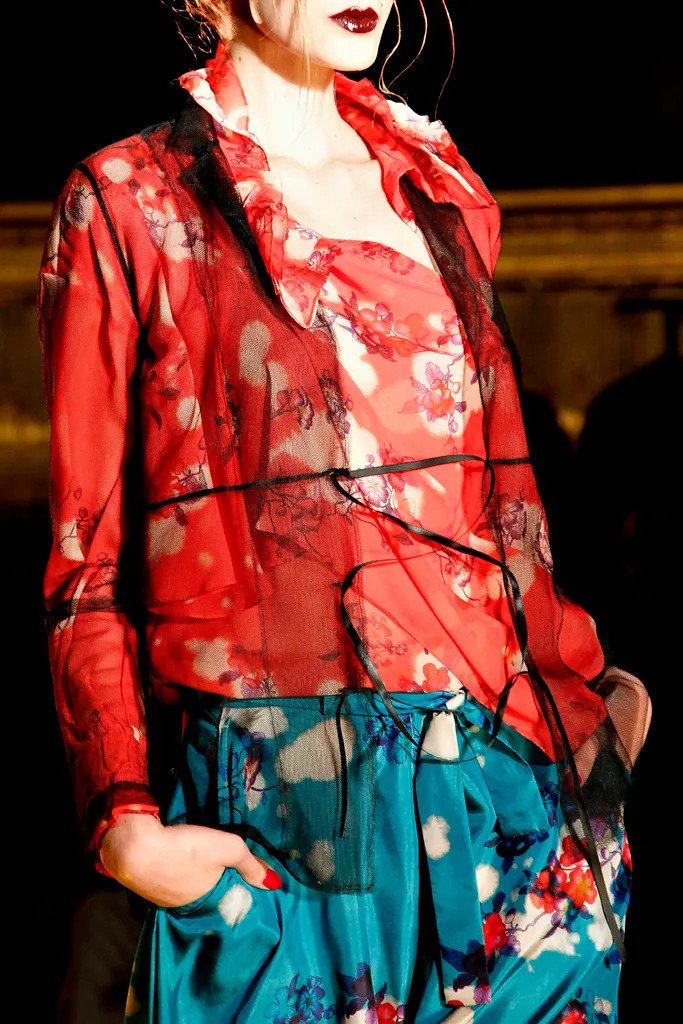
Look 69: Influences of 1920s Japonisme through prints & accessories.

Look 4: Trench coat blends modern styles with influences from 1920s style archetype La Garconne.
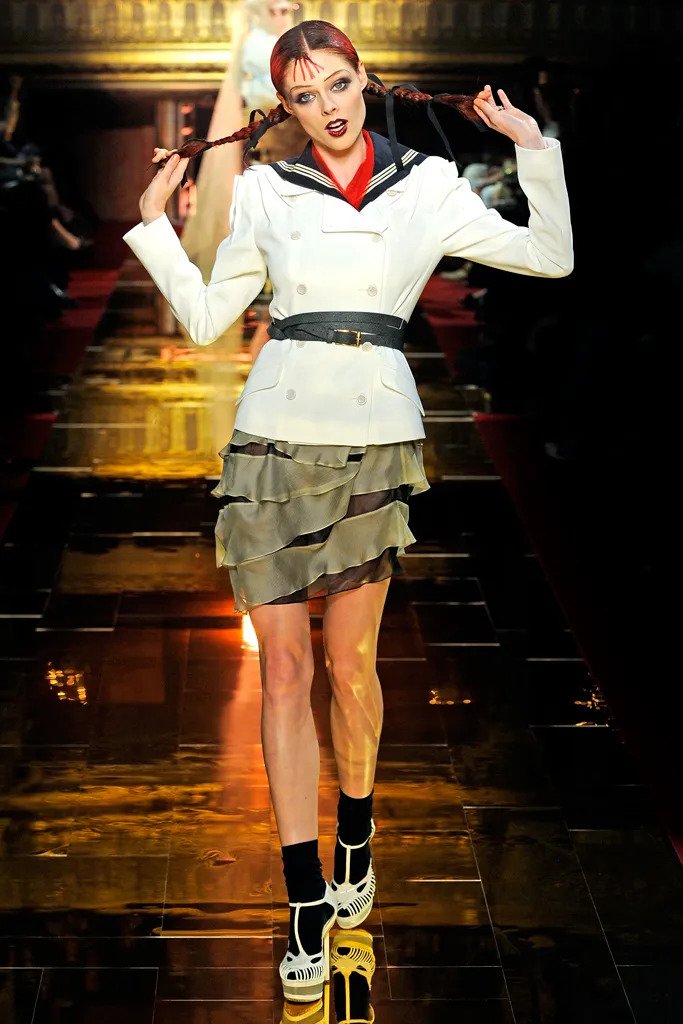
Look 9: Trendy belts modernize 1920s ambiguous waistlines.

Look 29: 1920s T-strap design modernized with 2010s stiletto heel height.
GALLIANO S/S 2011 RTW
THE OUTCOME
Critically analyzing a collection taught me to connect themes and concepts in relation to design elements. Diving into the details of show production allowed me to examine the artistry behind the runway which subsequently helped me in directing Model Committee for VCUArts’ Access 2023. I enjoyed this assignment because I observed the trend cycle and how influences from the past continuously affect modern styles.